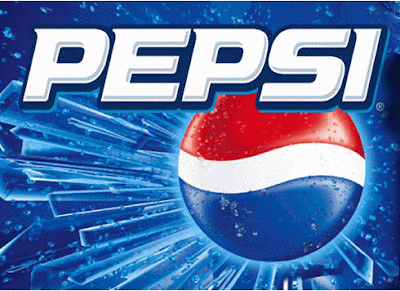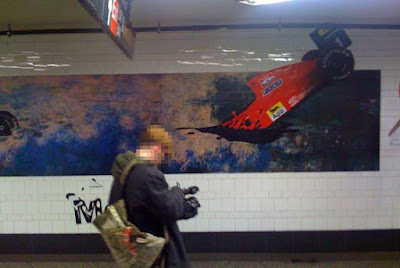Found on 'Design+Writing = Blog'..
1. Claude Garamond, publisher and legendary type designer responsible for designing the letterforms that led to some of the most widely used typefaces throughout history, died in poverty at age eighty-one.
2. The Michelin man has a name, Monsieur Bibendum. He’s also a century old.
3. The Nike swoosh was designed by Carolyn Davidson in 1971, while she was a student at Portland State University. She was paid $35.
4. Woody Allen uses the same typeface in the titles and credits of nearly all of his movies. The typeface is Windsor.
5. Peretz Rosenbaum is one of the most influential graphic designers of the 20th century. He is responsible for the IBM logo, the old and arguably most recognizable UPS logo, the Westinghouse logo, and many other design icons. You know him as Paul Rand.
6. According to Salary.com, the median salary for a graphic designer in the United States is $45,704.
7. The worlds first website(as we know them today) was launched in 1992. You can still visit the URL
here.
8. What we now call sans-serif typefaces were once known by a number of names: Egyptian, Antique, Grotesque, Doric, Heiti, Lineale, and Simplices. I think sans-serif works just fine, thank you.
9. Walker, the sans-serif typeface designed by Matthew Carter for the Walker Arts Center has up to 5 “snap-on” serifs that can be attached to each letterform using keystroke commands.
10. Georgia, another typeface designed by Matthew Carter, is named after a tabloid headline which reads “Alien heads found in Georgia.”
11. Baseline magazine, first published in 1979, was originally intended to be a promotion vehicle for new typeface designs.
12. Newly defunct The Designers Republic was hired to design the in-game artwork, packaging and manual for The Wipeout video game series as part of a carefully marketed ploy to position the game among the “fashionable, club-going, music-buying” audience the publisher was trying to attract. The results make Wipeout games some of the most visually stunning ever.
13. Due to the incompatibility of the letterforms in the title of Avant Garde magazine, Herb Lubalin first created the typeface Avant Garde, with its many ligatures, out of necessity. It wasn’t until later that he created a full set of glyphs.
14. The term “Web 2.0” emerged sometime in 2002 (despite the claim that Tim O’ Reilly coined it in 2005) with Dermot A. McCormack’s book Web 2.0: the Future of the Internet. . .
15. The Coca-Cola logo was made using a style of hand lettering called Spencerian Script.
16. Jerry West is the silhouetted player in the NBA logo.
17. The late Tibor Kalman once had a party in a supermarket to commemorate the arrival of his book Tibor Kalman: Perverse Optimist. As party favors, he gave guests signed canned goods.
18. The Great Seal of the United States was designed in the 1770’s by the then secretary of congress, Charles Thomson.
19. The Red Cross is known as The Red Crescent in Muslim countries. Its logo also changes from a cross to a crescent.
20. Raymond Loewy, known primarily as an industrial designer, also designed a crap-ton of logos including the logos for Hoover Vacuums, Exxon, and Shell.
21. Facebook uses a modified version of the typeface Klavika for its logo.
22. Myspace, Arial Rounded Bold.






















